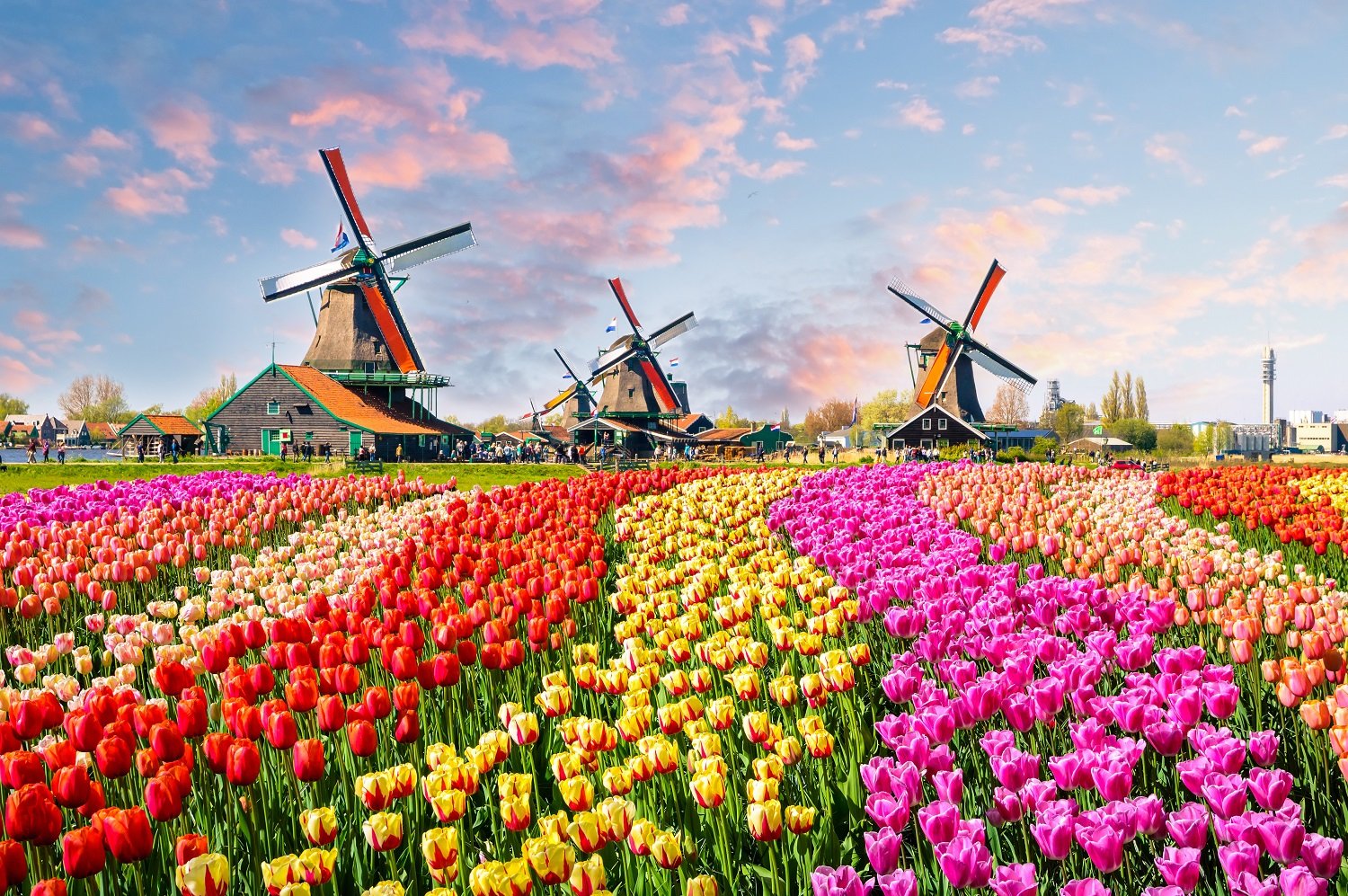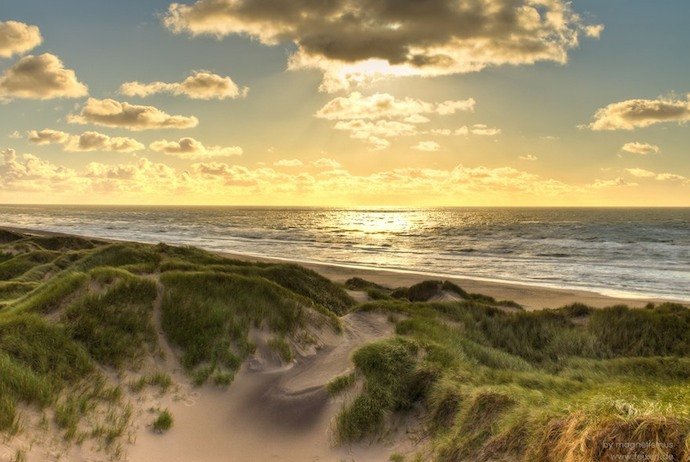Famous paintings by the great masters not to be missed when in Paris
Paris has always been an art lover’s paradise, with Impressionist treasures at the Musée d’Orsay and historic gems at the world’s largest art museum, the Louvre. Here are some of the most famous paintings you can see in the City of Lights.
Famous paintings at the Louvre:
1. Mona Lisa by Leonardo da Vinci, 1503-1517
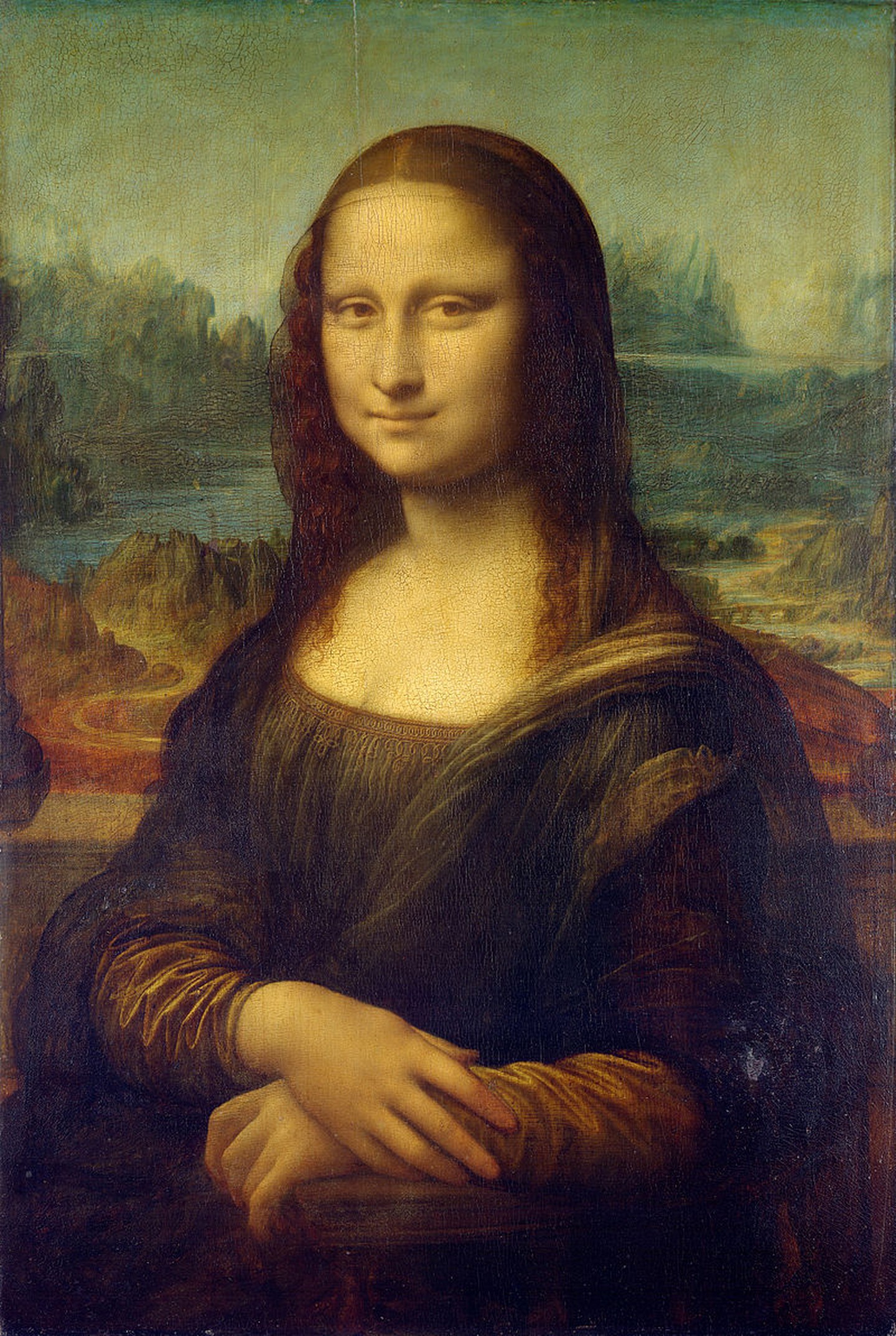
The Mona Lisa was drawn between 1503 and 1517, initially as a portrait of Lisa Gherardini, the wife of Francesco del Giocondo. The masterpiece has risen to world fame, not because its brushstroke patterns are the most artistically accomplished nor the most beautiful, but because the twist of the smile is entwined with mystery – not to mention the mysterious lack of eyebrows. The painting entices millions of visitors to Paris each year and you can marvel at it yourself at the Louvre, where it has dominated the permanent display as the most popular attraction since 1797.
2. Liberty Leading the People by Eugène Delacroix, 1830
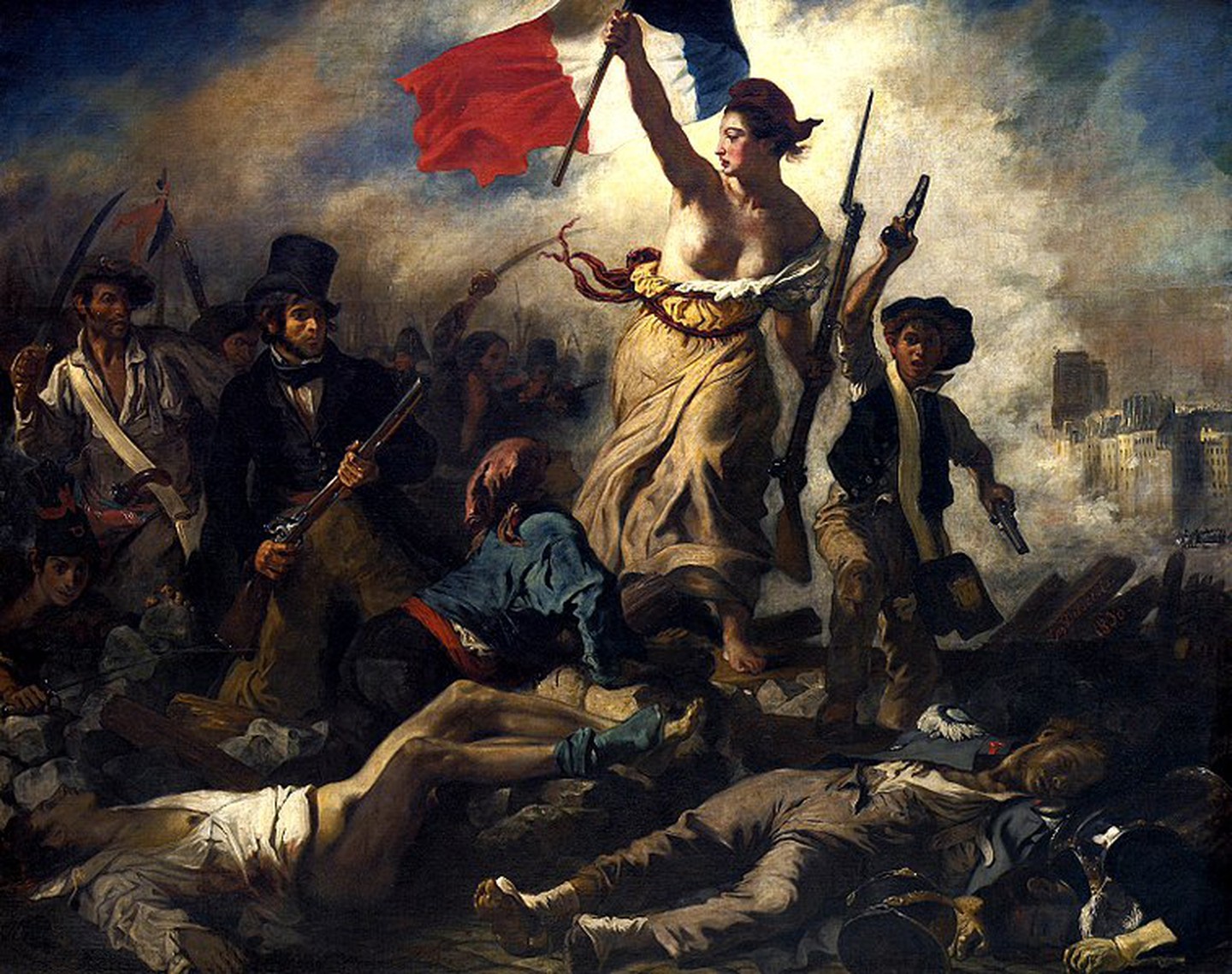
If there’s one art exhibition you should check out this year in Paris, it is Delacroix at the Louvre. The masterpiece shows Parisians being led over the barricades and bodies of the fallen by the empowering Goddess of Liberty, who is victoriously holding up the French flag. It’s a fine example of how Delacroix drew inspiration from dark historic events such as the Revolution, betraying a fascination for tragedy and turbulence, and the image has inspired many, from Victor Hugo to Coldplay. It’s one of the famous works in French art history.
3. The Coronation of Napoleon by Jacques-Louis David, 1807

Of course, you have to check out the Mona Lisa and Delacroix, but there’s another masterpiece with a historic legacy hidden within the epic collection at the Louvre and it would be a crime not to include it on the list. It was painted in 1807 by the official painter of Napoleon I, the ultimate hero of French history, and it’s impossible to not be impressed by its epic dimensions. The breathtaking, gigantic canvas flaunts the ruler’s pride as he is being crowned in Notre-Dame de Paris.
4. The Lacemaker by Johannes Vermeer, 1669-1670

Renoir considered this masterpiece, which entered the Louvre in 1870, the most beautiful painting in the world, along with Watteau’s Pilgrimage to the Island of Cythera, also in the Louvre. A young lacemaker, undoubtedly a member of the Delft bourgeoisie, is hunched intently over her work, deftly manipulating bobbins, pins and thread on her sewing table. The theme of the lacemaker, frequently depicted in Dutch literature and painting (notably by Caspar Netscher) traditionally illustrated feminine domestic virtues.
5. Une Odalisque by Jean-Auguste-Dominique Ingres, 1814

This woman lying on a divan is offering herself because she is nude and turns her face towards us. The painting’s title, which means “harem woman,” and the accessories around her conjure up the sensuous Orient. But the woman is also discreet because she shows only her back and part of one breast. The nude was a major theme in Western art, but since the Renaissance figures portrayed in that way had been drawn from mythology; here Ingres transposed the theme to a distant land.
6. The Virgin and Child with Saint Anne by Leonardo da Vinci, 1503-1519

As he did in The Virgin of the Rocks, Leonardo set a religious scene in a fantastic landscape and placed an abyss between viewer and figures. The mountainous distance is conveyed by atmospheric perspective with bluish and crystalline highlights and reflects his interest in geology and meteorological phenomena.
The sfumato, Leonardo’s trademark painterly effect, unifies the composition by enveloping the figures and landscape in a diffuse, evanescent and poetic haze. This imbues the highly expressive faces with great gentleness. The work exudes an aura of strangeness which, combined with the subtle expressions and the picture’s unfinished state has given rise to a number of psychoanalytical interpretations since Freud.
Hotels nearby the Louvre:
Famous paintings at the Musée d’Orsay:
1. Self-Portrait by Van Gogh, 1889

The Louvre may be the world’s largest art museum, but it’s not the only museum where you can marvel at unique masterpieces in Paris. Dutch Post-Impressionist painter Van Gogh is one of the most influential figures of Western art, and if you’re a fan of his Impressionist approach, you can discover some of his most famous works at the Van Gogh Gallery in the Musée d’Orsay, such as his poignantly melancholic Self-Portrait from 1889.
2. The Church at Auvers by Van Gogh, 1890

It’s not just sunflowers and self-portraits that make Van Gogh world-famous: he was also a master of architectural depictions. The Church at Auvers (1890) is another Impressionist masterpiece that can be appreciated at the Van Gogh Gallery in the Musée d’Orsay. This sinister portrait depicts Place de l’Église in Auvers-sur-Oise, located northwest of Paris, and what’s striking about Van Gogh’s unique approach is that the vibrant strokes make everything, even a building made of stone, seem alive.
3. Impression, Sunrise by Claude Monet, 1872

When you think of seeing art in Paris, the name Claude Monet probably comes to mind. His famous tableau Impression, Sunrise (1872) depicts the port of Le Havre, Monet’s hometown, illuminated by a fleeting red sunrise. Initially unveiled in Paris in April 1874, this painting is considered to have pioneered the Impressionist movement with its animated brushstrokes. It marks a transition from traditional painting, which preceded this work, allowing painting to take on a new dimension.
4. Poppy Field by Claude Monet, 1874
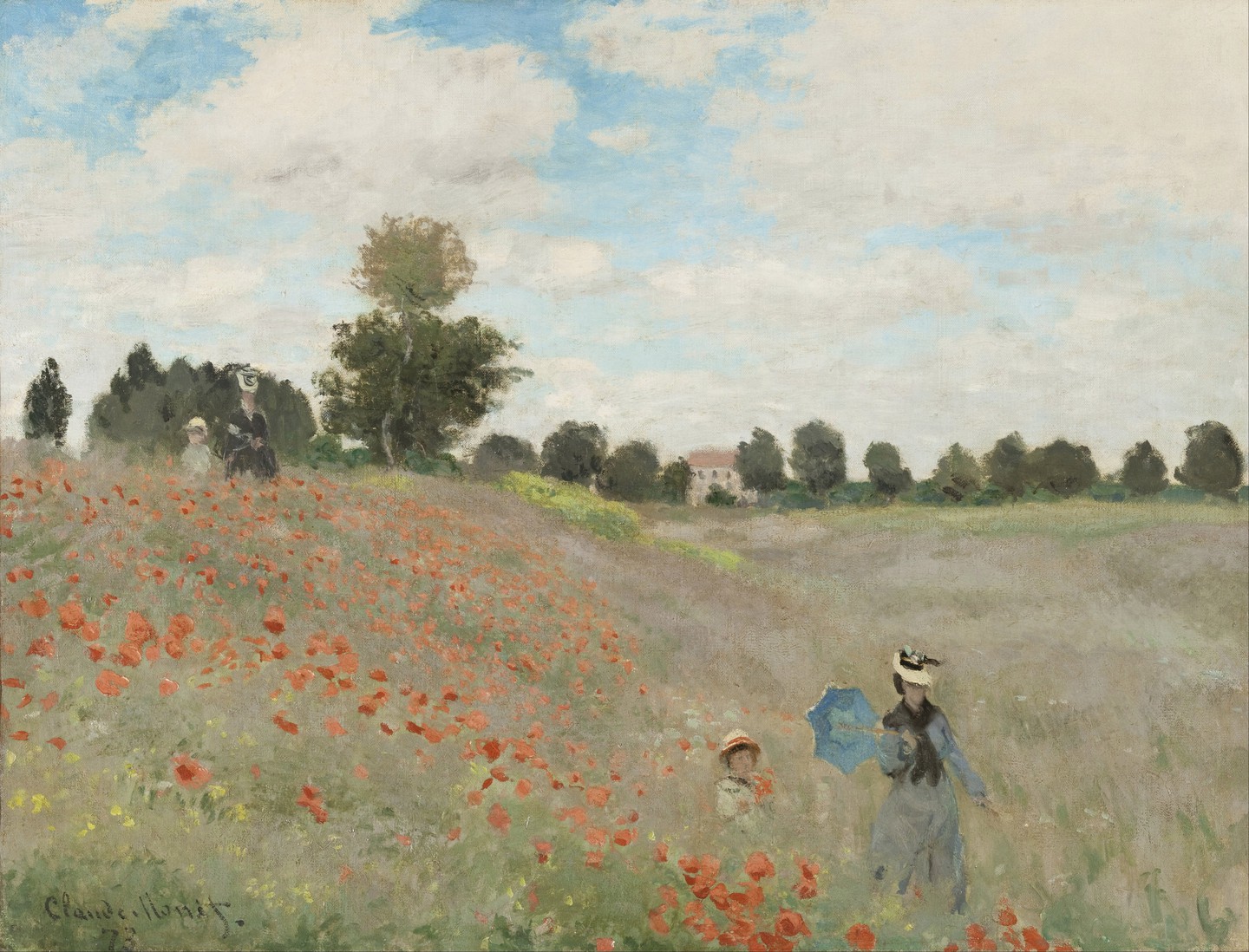
It would be unfair to include Claude Monet’s Impression, Sunrise, without also including Poppy Field, currently on display at the Musée d’Orsay. Not only were they both shown together at the very first Impressionist Exhibition in April 1874, but this painting has equally captivated people’s hearts. The delicate and beautiful painting, set in the Paris suburb of Argenteuil where Monet lived from 1871 until 1878, was unveiled in 1873 to awe-inspired delight. It depicts what is largely believed to be the artist’s wife Camille and their son Jean, though the sense of mystery keeps art critics enthused.
5. The Luncheon on the Grass by Édouard Manet, 1863
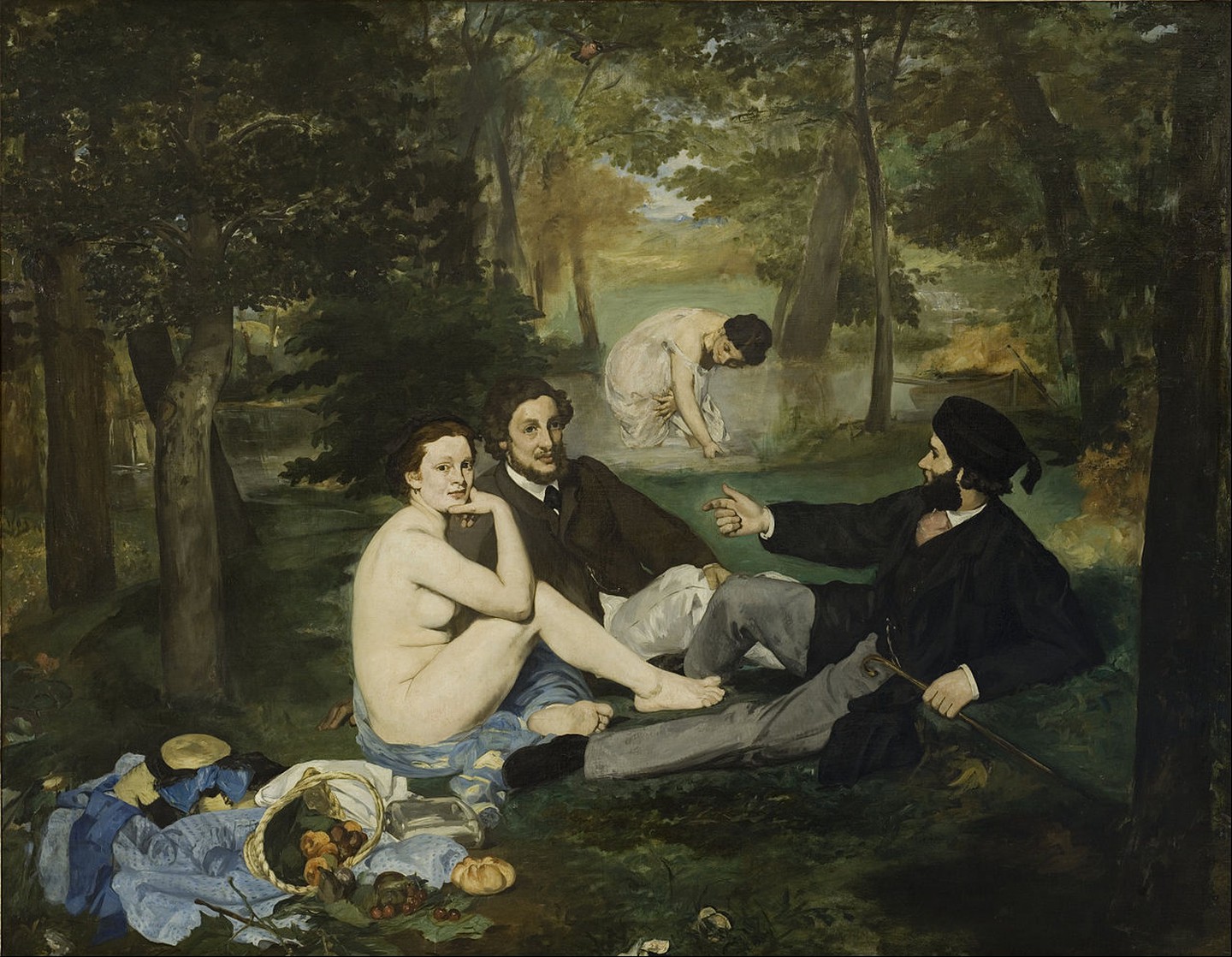
No artistic masterpiece has ever gained legendary status without a little scandal. In the case of The Luncheon on the Grass, displayed at the Musée d’Orsay, the hugely famous painting by Édouard Manet was actually rejected by the jury of the Salon, meaning that Manet exhibited it at the Salon des Réfusés (‘Exhibition of Rejects’). The scandal wasn’t provoked because of the nudity, but because of the subject’s challenging gaze. It’s almost as though she is overruling the spectator’s authority as they gaze upon her naked body, which at the time was perceived as threatening.
6. Bal du moulin de la Galette by Auguste Renoir, 1876

This painting is doubtless Renoir’s most important work of the mid 1870’s and was shown at the Impressionist exhibition in 1877. Though some of his friends appear in the picture, Renoir’s main aim was to convey the vivacious and joyful atmosphere of this popular dance garden on the Butte Montmartre. The study of the moving crowd, bathed in natural and artificial light, is handled using vibrant, brightly coloured brushstrokes. The somewhat blurred impression of the scene prompted negative reactions from contemporary critics.
This portrayal of popular Parisian life, with its innovative style and imposing format, a sign of Renoir’s artistic ambition, is one of the masterpieces of early Impressionism.
Hotels nearby Musée d’Orsay:
